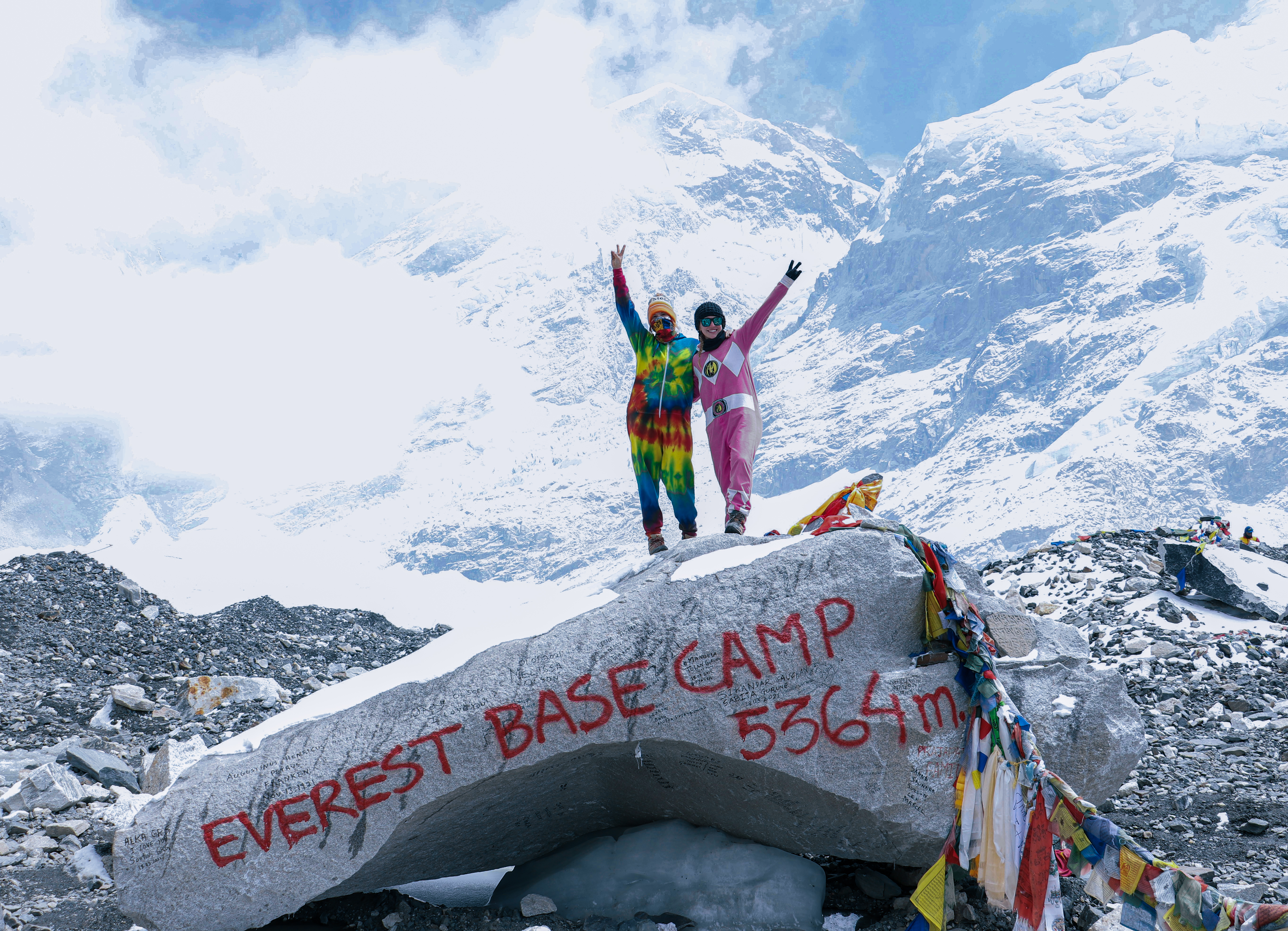Why December? The Magic of the Winter Landscape
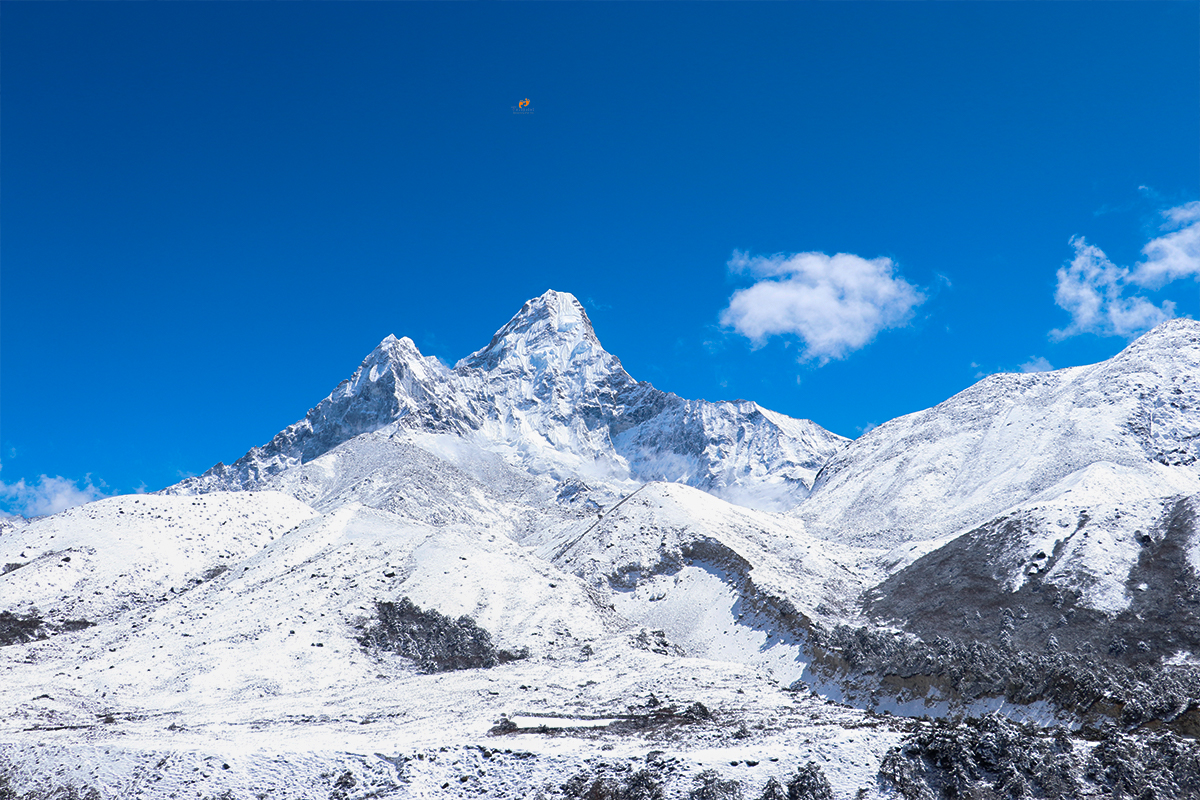
- Breathtaking views: EBC is a snow-clad wonderland during winter in December. The striking views provided through the snow-capped peaks and the icy landscapes have been a dream that every photographer would like to fulfill. Every turn brings another sight that looks like a postcard come alive.
- Fair Weather: Winter usually brings fair weather with clear skies and unhindered mountain range views. You can see the peaks in full glory without any clouds intervening, and the bright blue skies add to the dramatic scenery.
- Fewer Trekkers: In December, trekking is not in full swing, and hence, the trail contains fewer people. When there are fewer people, one can better enjoy the serenity of nature. Due to this serenity, one's journey can be more personal and reflective.
- Possible Sightings: The winter landscape may allow you to catch glimpses of animals you might not normally encounter since they are native to cold conditions. Wildlife spotting adds an element of excitement to your trek and keeps you in tune with nature. You will find every sighting a blessing from the mountains.
- Fresh, Crisp Air: Cold winter air is super refreshing to breathe in. It also clears your mind and energizes the body as you trek. Breathing the crispness of the air out here in nature will make you alive and connected with the atmosphere around you.
- Cultural Events: If the winter festivals fall in December, the locals organize events related to Sherpa culture. Participating in these events will improve your trekking experience because you can enjoy traditional music, dancing, and food prepared by the locals.
- Sunrises and Sunsets: Due to the clear skies and snow, the colors are vivid at sunrise and sunset. Such moments of warm hues and glowing mountains justify waking up very early in the morning.
- Peaceful Ambiance: The landscape is covered with snow and quiet, giving a feeling of calmness and serenity. It is a place to rest for many moments and reflect on the journey, which is physically, mentally, and spiritually challenging.
Featured Trip: Destination Wedding in Everest Base Camp
Recommendation Read: Top 10 Things to Explore During Everest Base Camp Trek
Essential Preparations for a December Trek
1. Packing List: What to Bring for Winter Conditions
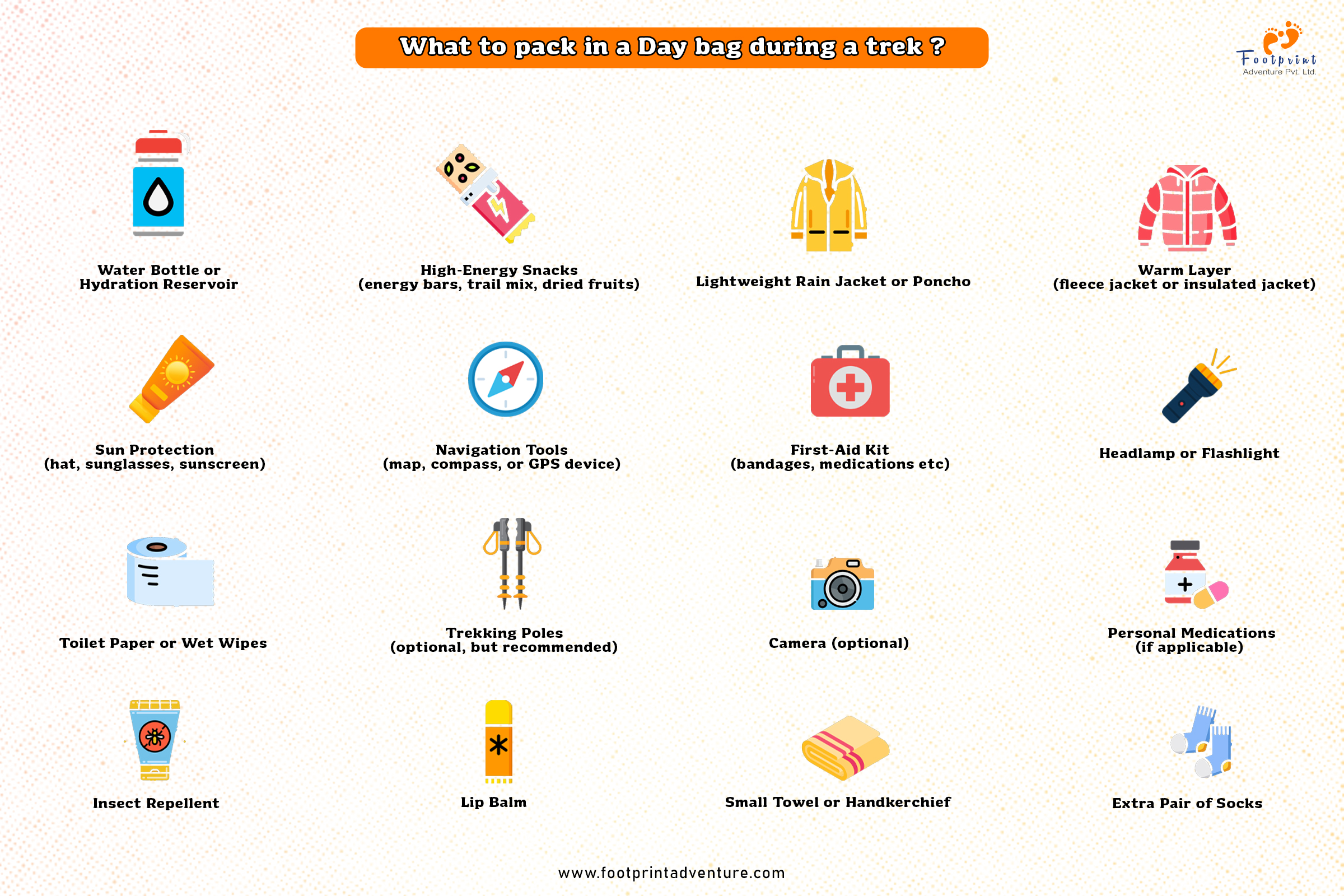
- Thermal base layers (top and bottom)
- Insulating mid-layers (fleece or down jacket)
- Waterproof and windproof outer layer
- Warm hat or beanie
- Neck gaiter or scarf
- Insulated gloves or mittens
- Trekking pants (preferably waterproof)
- Thermal socks (multiple pairs)
- Sturdy, waterproof trekking boots
- Gaiters (to keep snow out of your boots)
- Sleeping bag rated for low temperatures
- Trekking poles
- Headlamp with extra batteries
- Backpack (with rain cover)
- First aid kit
- Sunscreen and lip balm with SPF
- Sunglasses (polarized recommended)
- Water purification tablets or filters
- Lightweight stove and cooking gear
- Snacks and energy bars
- Camera or smartphone for photos
- Multi-tool or knife
- Personal hygiene items (toothbrush, wet wipes, etc.)
- Travel insurance information and necessary permits (TIMS, park entry)
Read our Blog, Complete Guidebook for Everest Base Camp Trek
2. Physical Fitness

- Start Training Early: You must build stamina and strength at least several weeks before starting your trek. You need to gradually change the intensity and duration of your training to prepare your body for the demands of the trek.
- Cardio Exercises: Focus more on cardiovascular exercises like running, cycling, or swimming that help enhance overall endurance. At least 3-4 sessions should be done weekly, and the distance and intensity will gradually increase.
- Strength Training: Incorporate strength training into your workout routine for your legs, core, and upper body. Squats, lunges, and deadlifts are good for developing the muscles you'll use on the trek, while planks will strengthen your core.
- Hike: Go on hikes on different kinds of terrain to acclimate yourself to what you may see. Practice hiking with a loaded backpack to simulate the weight that one will carry during the trek.
- Focus on Flexibility: Incorporate stretching and flexibility exercises into your schedule. This will help you gain flexibility and reduce injury. You can also do yoga or dynamic stretching.
- Mental Strength: Mentally prepare for the trek. Setting goals, visualization, and positive thinking will help you build confidence.
- Hydrate and Eat Well: Focus more on carbohydrates, proteins, and healthy fats to ensure you always put fuel in the tank. Stay hydrated throughout to ensure good performance and recovery.
- Rest and Recover: Give your body time for rest and recovery. This will protect you against overtraining and injuries. Listen to your body, take the necessary breaks, and make sure you're peaking for the trek.
To learn about detailed on fitness for Everest Base Camp Trek, Click Here.
Permits Required for the Everest Base Camp Trek
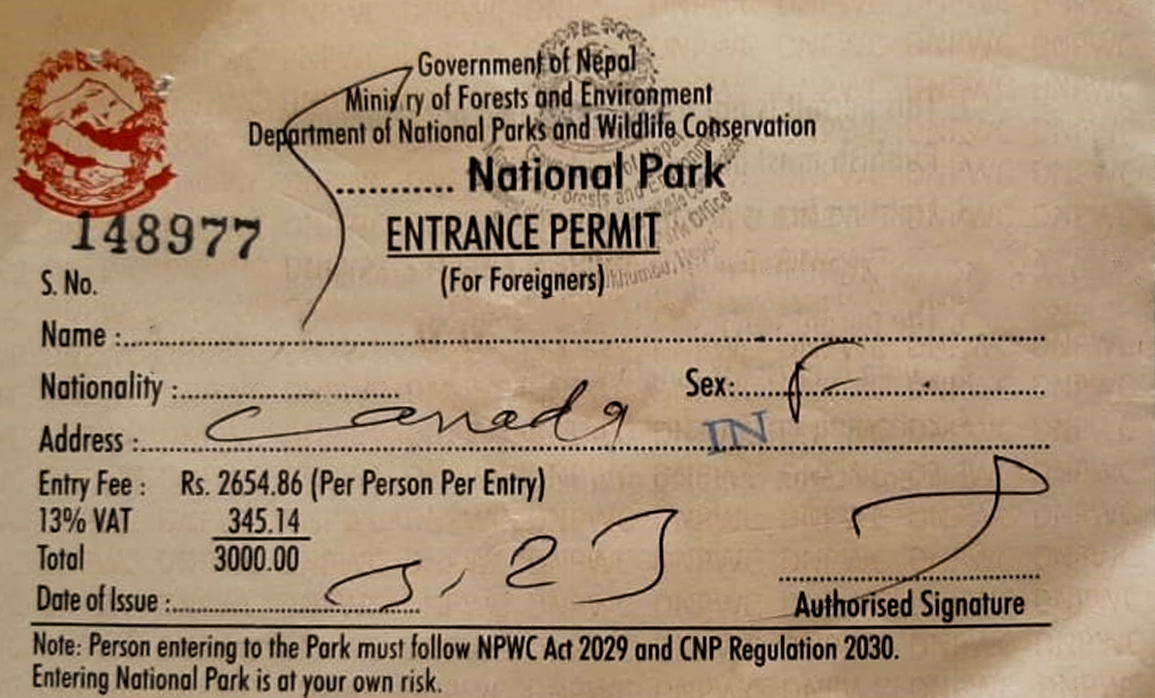
Featured Trip: 12 Days Short Everest Base Camp Treking
Weather Conditions
1. Winter (December to February)
The extreme cold and outstanding beauty mark the Everest Base Camp temperature in December. Indeed, daytime temperatures are around -10°C to -15°C, while nighttime temperatures can even be lower. Heavy snows are common and may greatly affect trail conditions and visibility.
Normally, winter brings crystal-clear skies with breathtaking views of the surrounding mountains. The peaceful landscape provides unique and rewarding trekking, but preparation for the cold is essential.
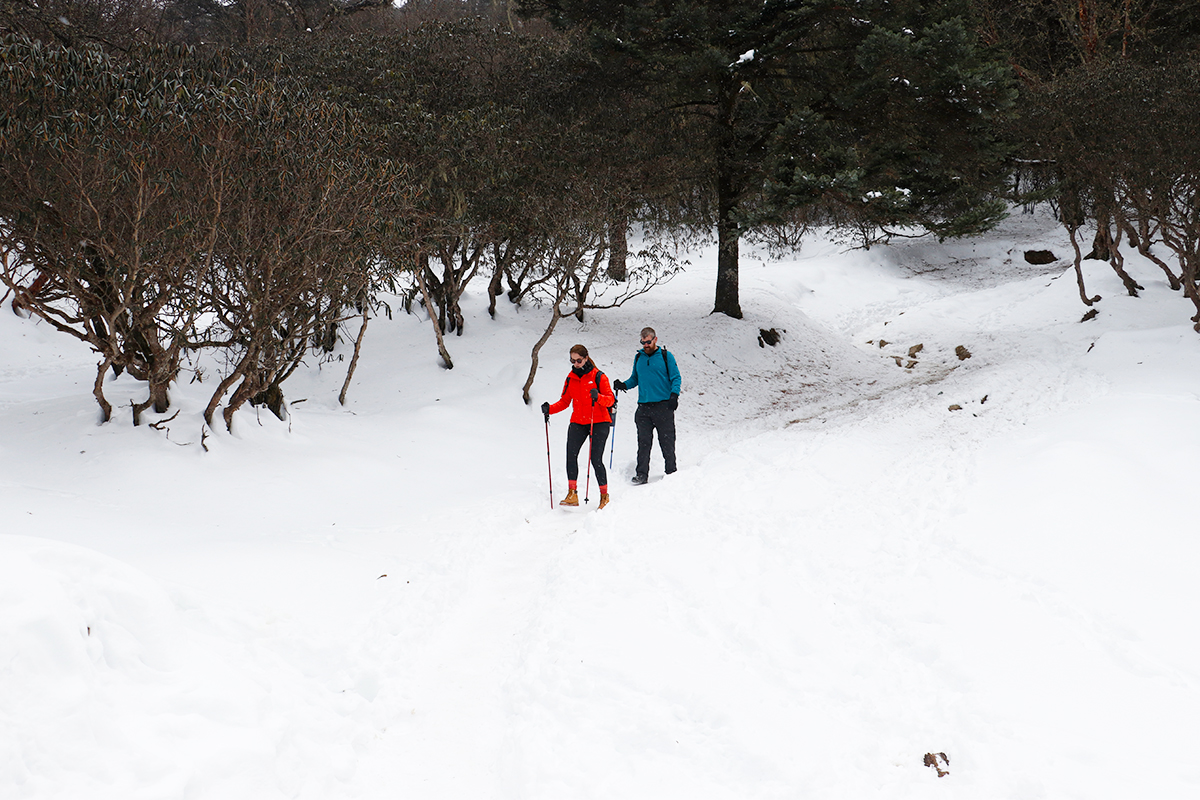
Difficulty Level of Everest Base Camp Trek
2. Spring (March to May)
This is one of the chief reasons spring is quite favorable for trekking—the transition is welcome after the chill of winter with its attendant bitter cold. When it starts to melt, the temperatures at EBC range from -5°C to 5°C, making the hike more plausible and comfortable. The only drawback is that the lower trails often become super muddy.
More trekkers take this classic route during this time, which means lively interactions with fellow trekkers and locals.
3. Summer (June to August)
The summer period in EBC falls under the monsoon season. This is a wet period, especially during July and August. The rains make most trails slippery and hazardous, making trekking poor. The temperature rises to about 15°C on certain days during the daytime, although at night, it is normally cool, around 0°C. The summer greets you with wildflowers in bloom and newly revived greenery that appears afresh with the rain.
On the other hand, because of the rain, the trekkers have to be watchful of landslides and cumbersome trekking.
4. Autumn (September to November)
Autumn is considered one of the best seasons to trek in the Everest region, with clear,
crisp weather and visible views. The temperature ranges from -5°C to 10°C, which is about 23°F to 50°F, therefore being more pleasant for longer walks. Fewer people are seen along the trails as the season progresses, making a peaceful and reflective journey possible.
Stable geographical conditions combined with the rare views of the landscape lit up by the autumn sun create the perfect setting for people attempting to see the wonders of the EBC trek.
Experiencing Local Culture and Hospitality

- The Sherpa people are known to be great mountaineers and welcome trekkers with warm hospitality. This trekking area is closely associated with the Himalayas, enabling one to connect with nature, culture, and mountain life.
- As you make your ascent, Buddhist prayer flags, stupas, and monasteries will dot the way. Sacred symbols reveal the Sherpas' spiritual tie to the mountains.
- Sherpa hospitality is legendary, and trekkers feel at home even in the cold climate. The politeness of locals soothes their adventure.
- Dal Bhat is a simple yet filling meal usually eaten by trekkers. Its nutritious ingredients help keep energy levels up for long trekking days.
- Momos and Sherpa stew are excellent local delicacies when it is cold. These two ingredients are flavorful and extremely soothing after a tough day on the trail.
- Tea with butter is available locally. It provides warmth and energy during the trek. The flavor is rich and salty, quite different from anything else; it is a staple standard among the Sherpas. Tea Houses in Everest Base Camp Trek
- The Mani Rimdu festival is celebrated at the Tengboche Monastery. It is a very colorful and spiritual event that features traditional dances and rituals, which add a cultural dimension to your trek.
- December brings quieter times into the area, which deepens the cultural exposure. It is possible to experience the culture of this region without many trekkers on the trails.
Conclusion
It is one of the most unforgettable experiences anyone can have. Trekking to Everest Base Camp during December combines raw beauty in the winter landscape with warmth in Sherpa's hospitality and culture. Though challenging and cold, serene trails, breathtaking mountain views, and intimate cultural encounters make it incomparable to any adventure.
Whether it be the silent majesty of the Himalayas, the spiritual richness of this region, or the personal challenge of trekking in winter, December brings a unique sense of solitude and accomplishment to the famous Everest camp journey.
Start your unforgettable journey to Everest Base Camp this December with FootPrint Adventure!
FAQs
What month is best for the EBC Trek?
April to May and October to November are the appropriate times to trek to EBC. During these months, the skies are clear, temperatures are moderate, and weather conditions are more stable. Consequently, one will have the best view and a more comfortable trek.
What is the coldest month in EBC?
That is usually the coldest month, with temperatures dropping to even -20°C (-4°F) at night at the EBC trek. Trekking in such cold weather requires several precautions. Winter trekking is challenging but brings fewer people and a serenity of sorts.
How cold is Everest Base Camp in December?
Temperatures at the EBC trek can hover between -10°C and -15°C during the day and -20°C or even lower at night. Even as cold as it is, the crisp air gives spectacularly clear views of the Himalayas.
Can you camp at Everest Base Camp?
It is not common for regular trekkers to camp at the base camp but stay in tea houses along the trail. Camping is normally only done by mountaineers and then only during expedition season. Tea houses on the route provide trekkers warmth, food, and shelter at different points.
